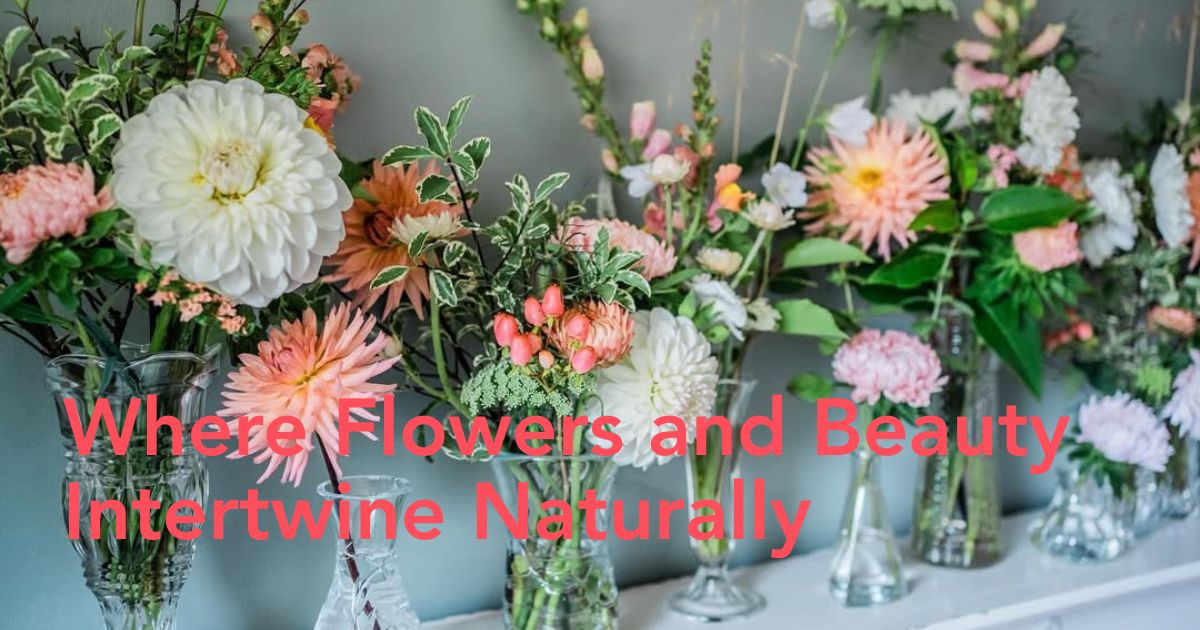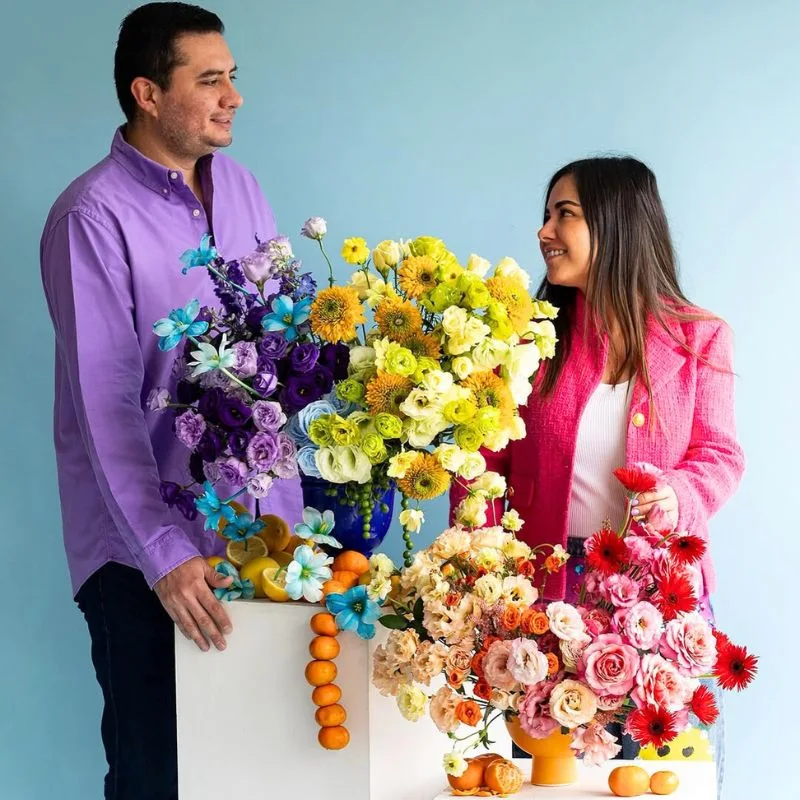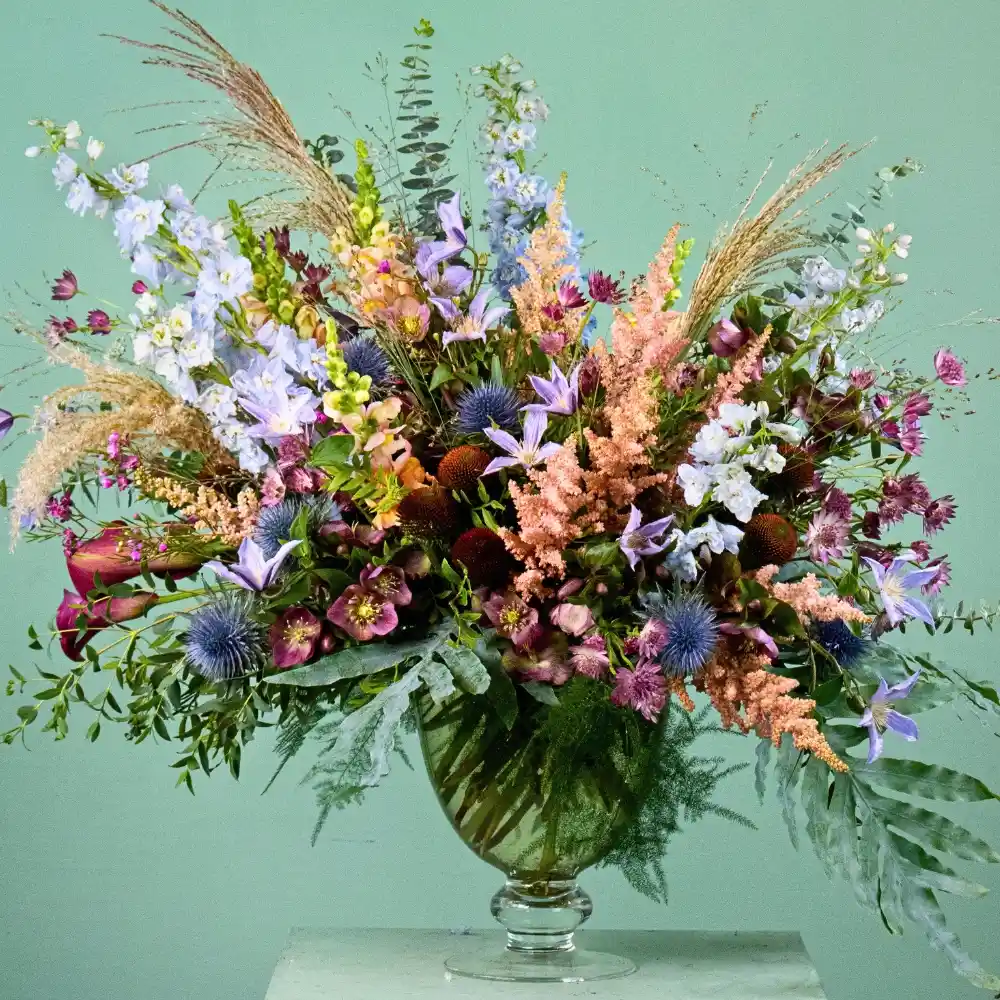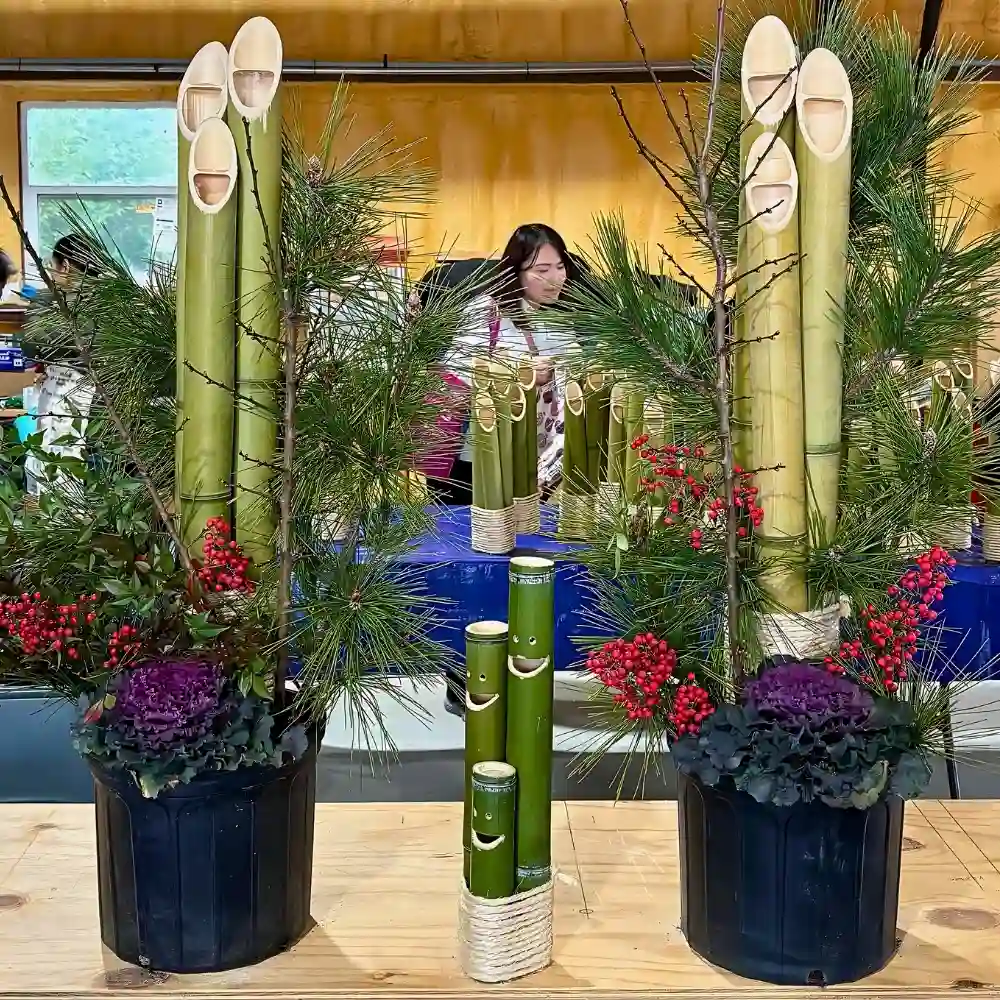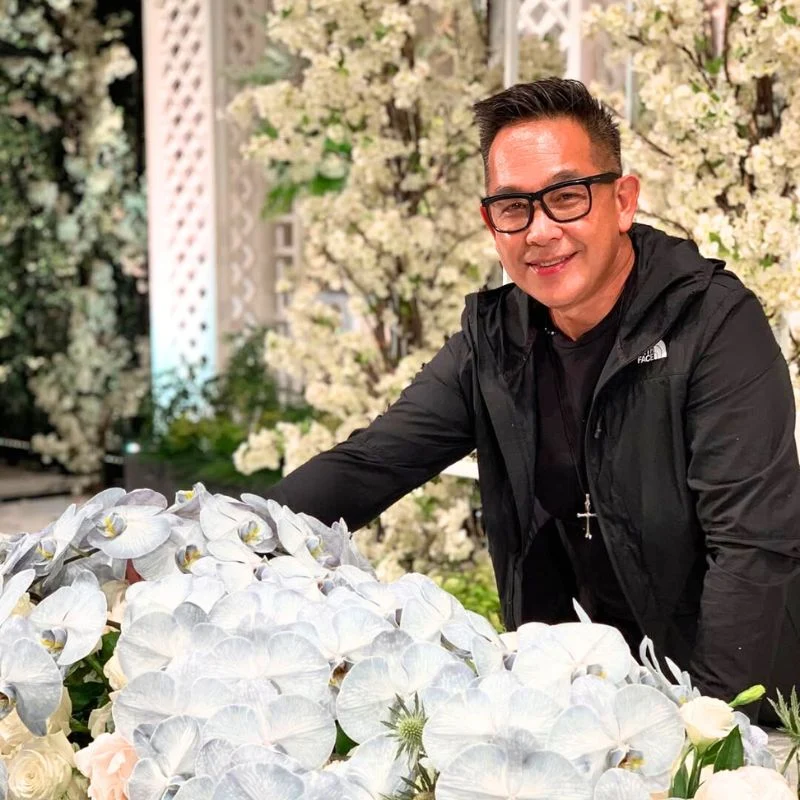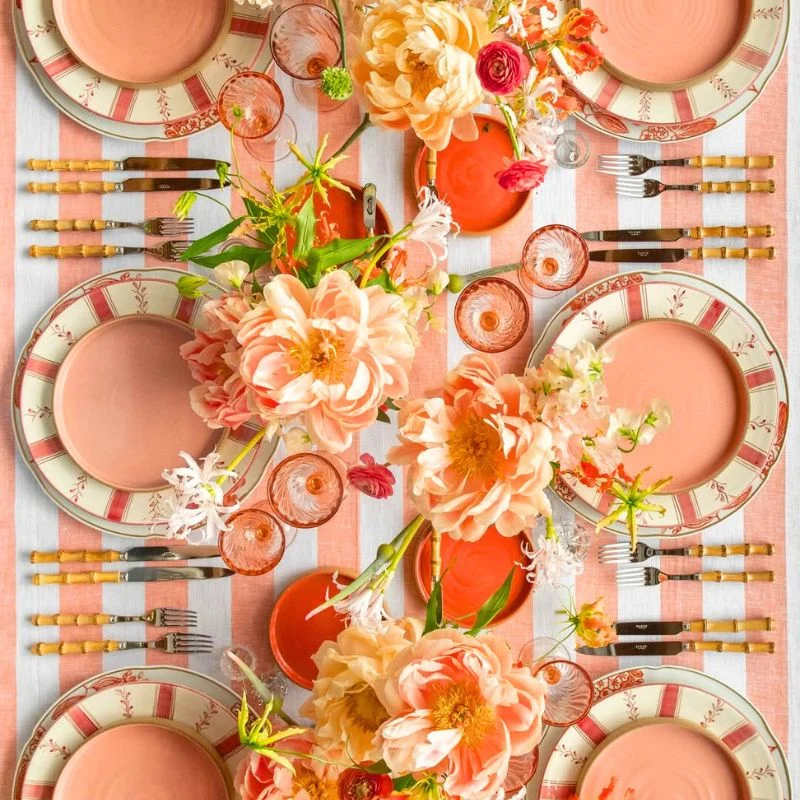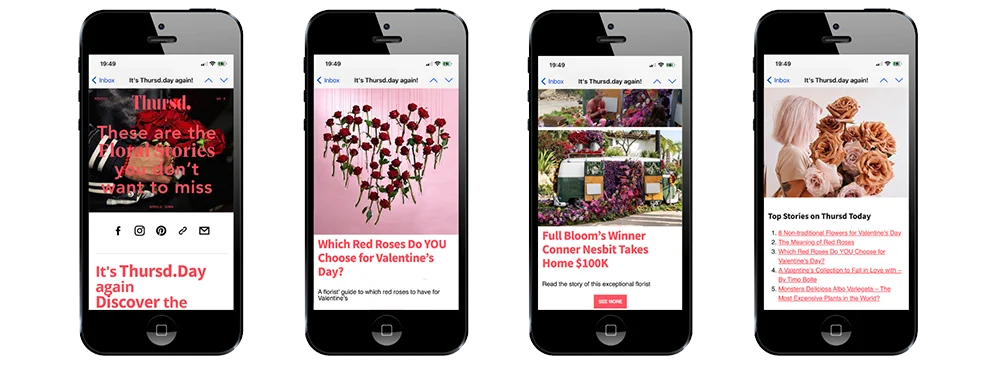Flowers are inextricably linked to beauty. For millennia, cultures all over the world have been captivated by their sweet smells and colorful petals. They appear as symbols throughout history, they’re given as gifts to mark milestones, and we grow our gardens full of them.
In a more practical sense, flowers are literally the source of many popular ingredients for beauty products, especially skincare. We extract their oils and scents to rub on our skin, hoping to enhance our minds and bodies.
The worlds of floral design and natural skincare are very much intertwined. They’re both shaped by a love for nature, artistry, and sensory experience. In this article, we’ll explore that connection more deeply and see how floral design and natural skincare are branches of the same blooming tree.
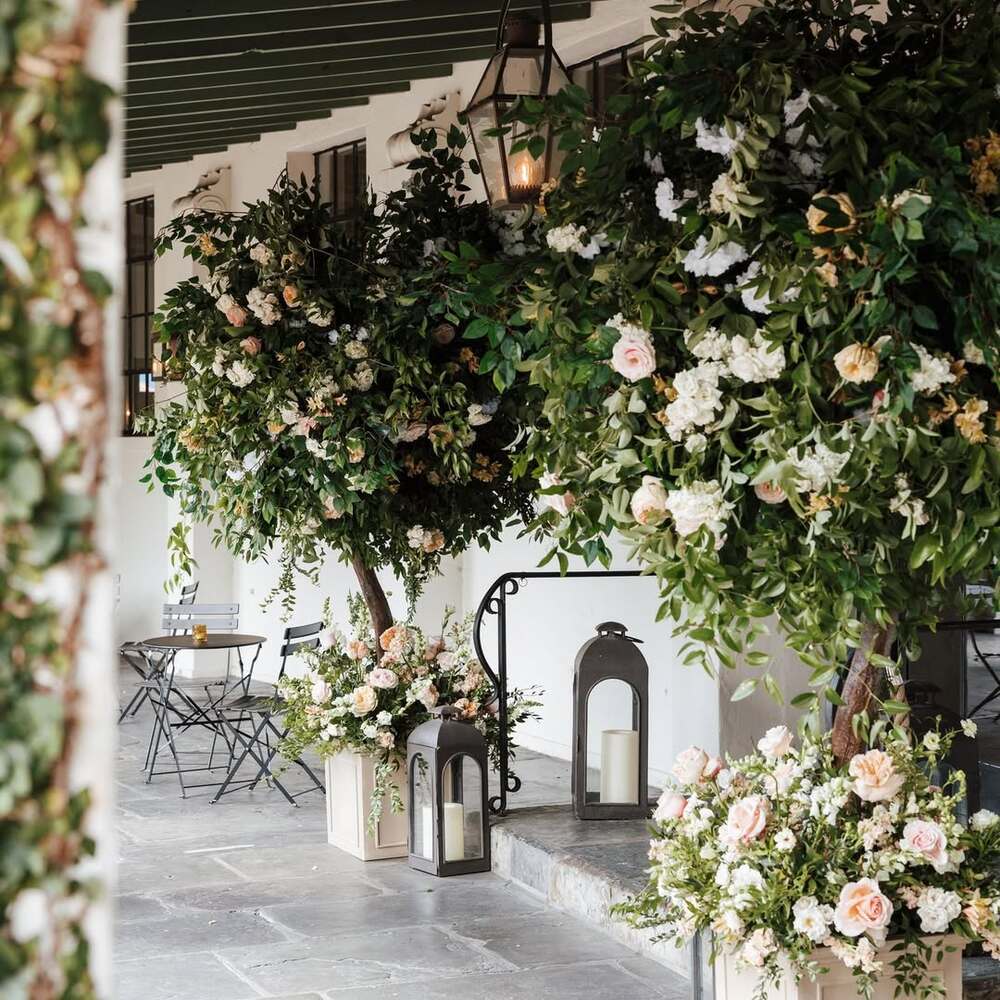
Flowers Are More Than Decoration
At the heart of floral design, there are the basics: color palettes, petal shapes, and arrangement styles. However, professional florists know that flowers offer much more than visual appeal; they think about texture, scent, and meaning.
The waxy smoothness of a camelia is very different from the velvety softness of a rose, or the delicate fluff of baby’s breath. The sweet, citrussy lift of a neroli blossom is on the other spectrum to a lily’s grounding earthiness. Red roses are a thoughtful gift for your beau, while yellow roses symbolize friendship. You wouldn’t want to present someone with a white lily on their birthday, as they’re often associated with funerals and memorials. Sunflowers, on the other hand, symbolize longevity and adoration, making them a perfectly suitable choice for celebrations.
There’s a lot more to flower design than picking the prettiest petals. When it comes to natural skincare, a lot also goes on in the making of products that you don’t see. Behind the scenes, hundreds of hours are poured into research and development. Cosmetic scientists work tirelessly to perfect how the product feels on your skin, the aroma it releases, and the emotions it elicits. A lavender-infused bath soak feels calm and meditative. A minty-fresh face wash feels invigorating. Both florists and skincare creators aim to please the full array of senses.
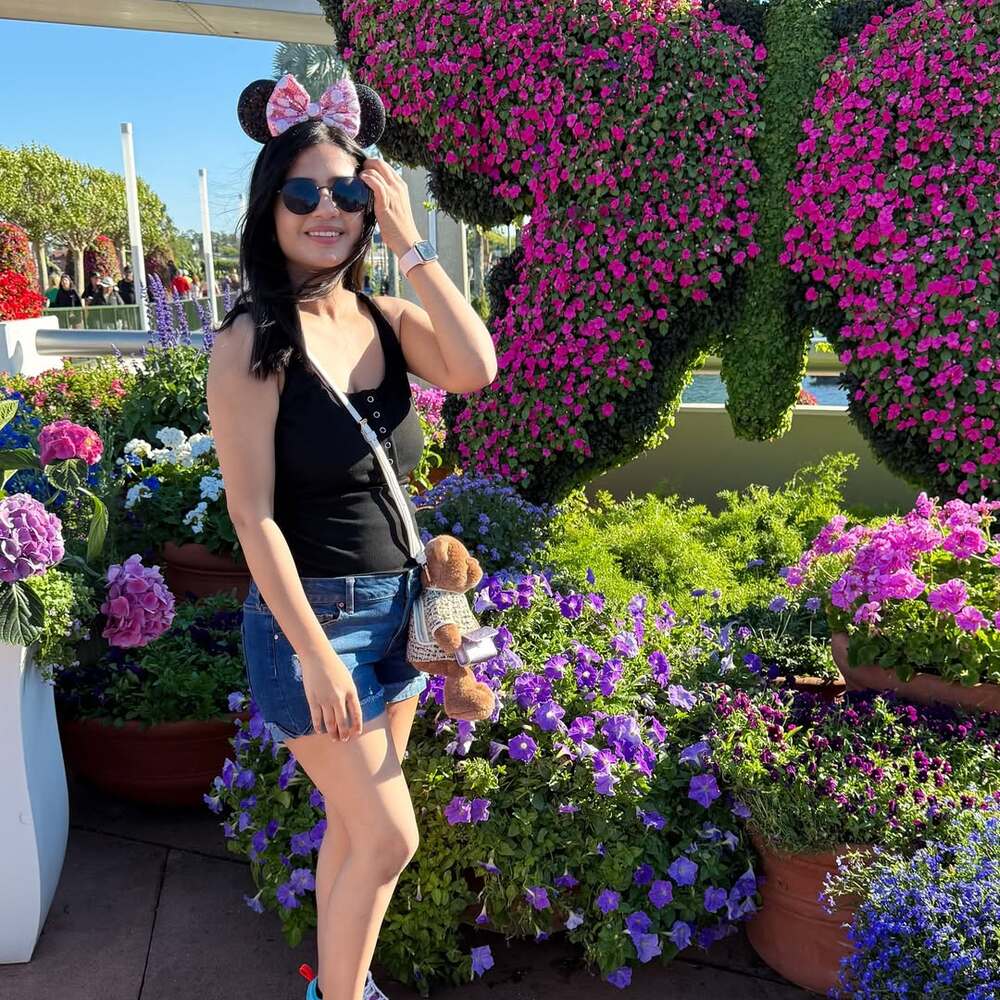
A Focus on Natural Ingredients
One of the strongest ties between floral design and natural skincare is their reliance on the plant kingdom. Many flowers and botanicals that appear in beautiful arrangements also find their way into skincare formulations.
Lavender is a perfect example. In a bouquet, it adds a gorgeous powdery purple hue and a gentle herbal scent. In skincare, it’s widely used for its calming, anti-inflammatory properties. Jasmine is another popular flower, prized for its intoxicating aroma in arrangements and its hydrating, mood-lifting benefits in skincare products.
While there are plenty more obvious examples (like chamomile, rose, passionflower, and hibiscus), even unexpected ingredients cross over. Florists sometimes weave fragrant vanilla pods into arrangements for warmth and depth. Fresh or dried, they add a stunning dark contrast with ivory petals and give off that familiar, sweet smell.
Skincare formulators take that same ingredient, often as vanilla essential oil, and use it for its comforting yet exotic smell and antioxidant properties. The same plant can appear in a wedding bouquet and a nightly skincare ritual, showing just how versatile botanicals really are.
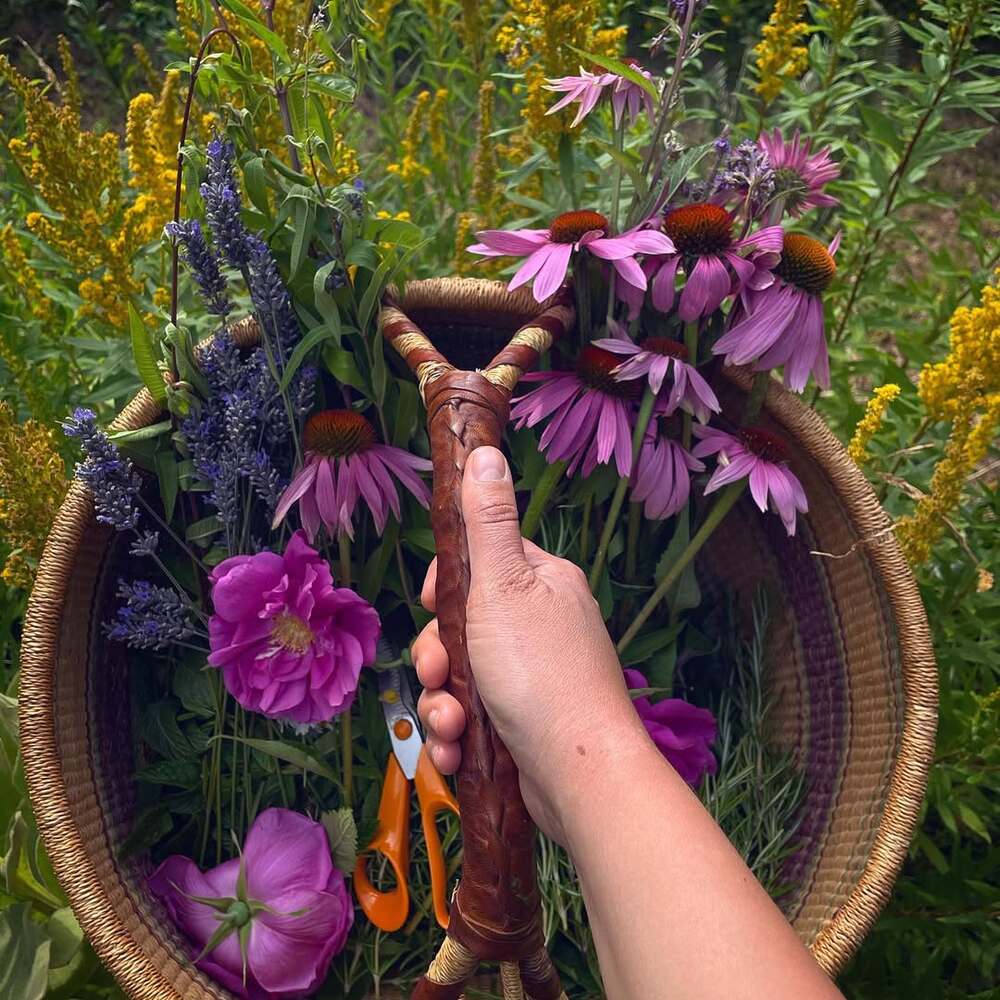
Seasonal Storytelling
Floral designers work with the rhythm of the seasons. They lean into what’s freshest and locally available. Spring brings peonies, tulips, and lilacs. Summer is filled with dahlias, zinnias, and sunflowers. Autumn offers the glowing tones of chrysanthemums and marigolds. Winter brings festive amaryllis, holly, and pine.
Natural skincare mirrors this seasonal awareness with lighter formulas typically aimed at the warmer months, and richer, more densely moisturizing products designed to hydrate dry skin during the cooler part of the year. Springtime skincare might inspire products scented with fresh florals, whereas autumn can bring warmer blends with hints of spice or deep florals.
Limited-edition releases often reflect seasonal moods, much like a florist’s changing window display. It’s not only about visual appeal, scent, and symbolism. Different botanicals have certain properties that make them more suitable for specific months, temperatures, and even humidities. For example, aloe vera, cucumber, and peppermint are perfect for keeping your skin cool in the summer heat. Whereas shea butter, jojoba, olive, and vanilla provide deep nourishment in cold winters.
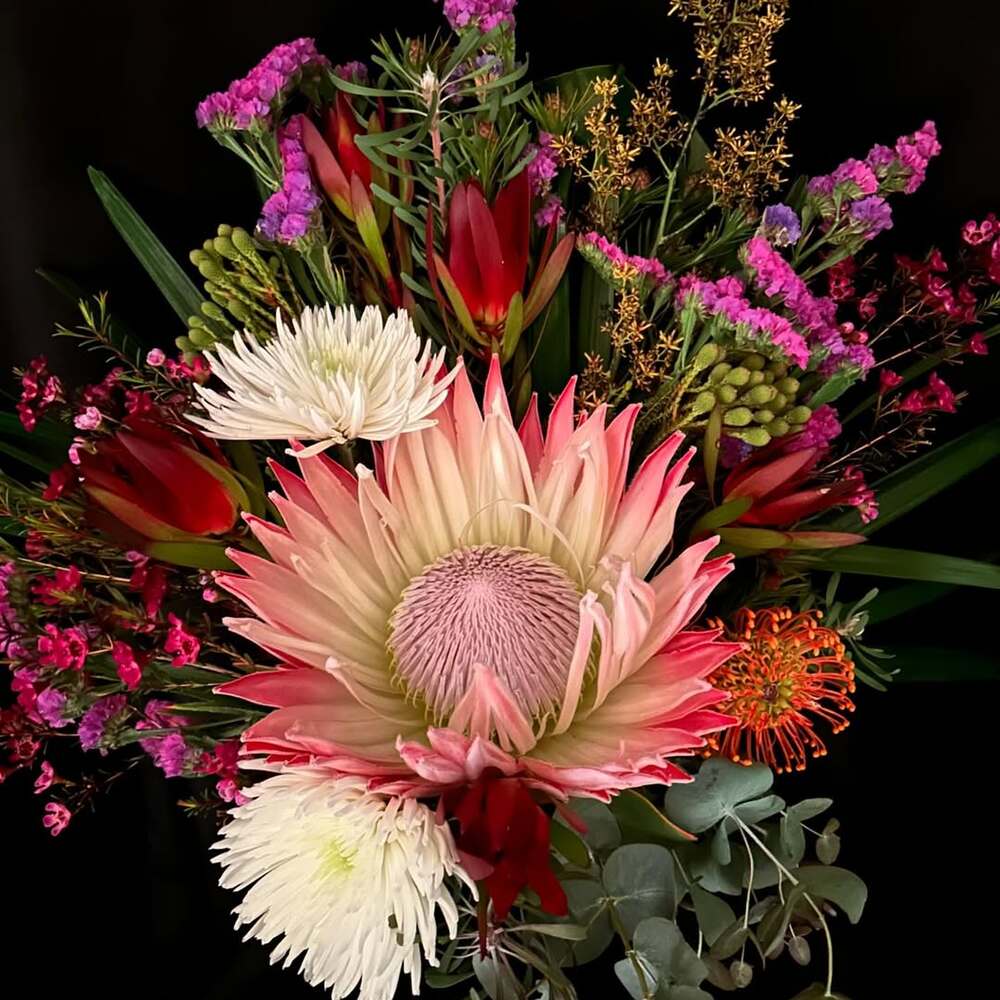
Sustainable and Ethical Sourcing
There’s a growing demand for ethical beauty, and a similar trend is happening in the floral industry. These days, consumers want to know where their flowers come from. They care about how they were grown, and the business practices used along the way. More people are opting for locally grown, seasonal blooms over imported varieties with heavy carbon footprints. Buyers are also showing a preference for foam-free arrangements, eco-friendly packaging, and recyclable products.
In skincare, shoppers are reading labels and demanding higher standards, like cruelty-free, organic, and ethically sourced ingredients. The same values apply to both industries: low-impact farming, fair labor practices, and respect for biodiversity.
Ethical, sustainable products aren’t a temporary trend, but rather a general shift in consumer behavior that’s come with a growing societal awareness of our impact on the planet. Florists and skincare makers who embrace this often find a more loyal following. There’s pride in knowing your bouquet was grown without harmful chemicals, or that your face cream contains botanicals that were harvested in a way that supports local communities. Ethical sourcing benefits the plant, but it also elevates the artistry and the authenticity of the final product, whether it’s a flower arrangement or face serum.
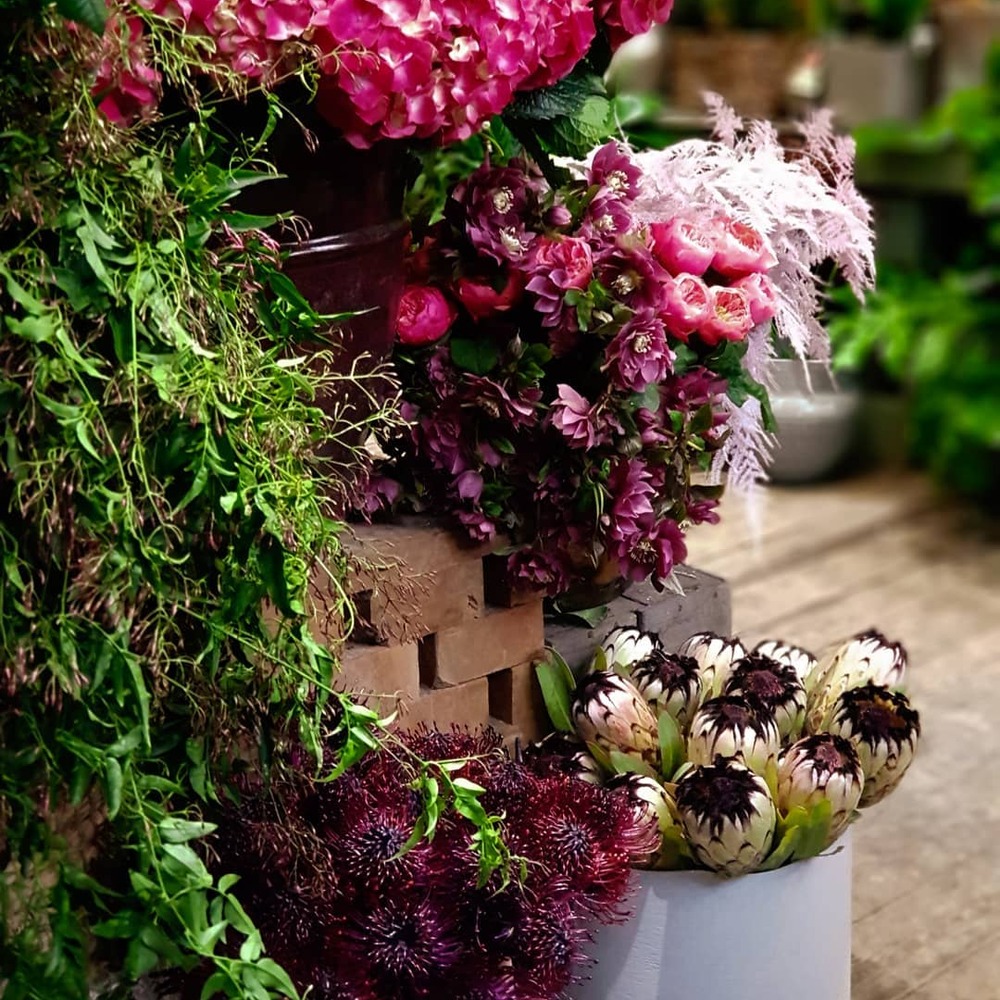
Forms of Artistry
Floral design and natural skincare are two different forms of artistry, but they’re not entirely separate. They’re rooted in the same love of beauty and nature. In the same way that a florist might utilize scent, texture, and color to evoke positive emotions, a dermatologist will play with the same senses to create a moisturizer that feels luxurious when applied.
Ultimately, both draw on the healing power of plants and use them to enrich our lives. The next time you admire a bouquet or open a jar of botanical cream, take a moment to notice the blooming connection. The petals in your vase might be the same ones lending their scent to your favorite lotion.

